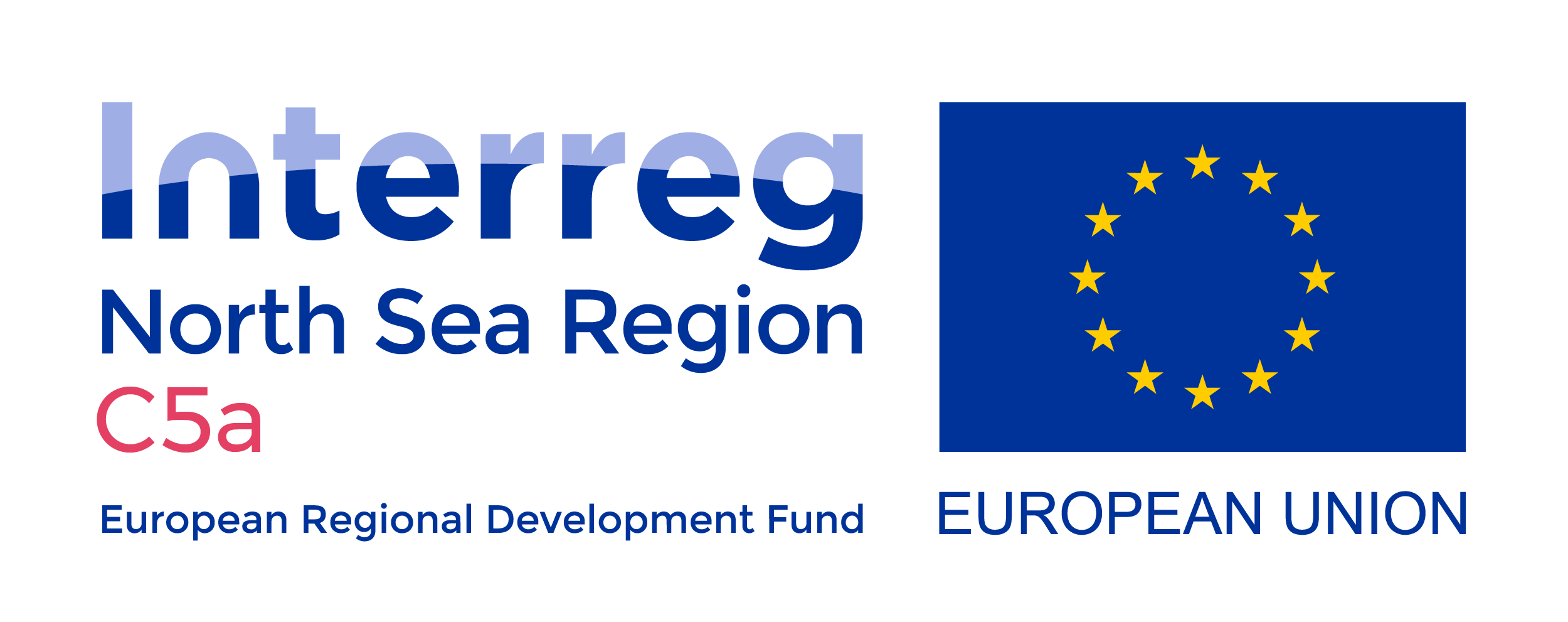Vi använder cookies för att webbplatsen ska fungera på ett bra sätt för dig. Genom att surfa vidare godkänner du att vi använder cookies.
Focus on liveability, not flood risk alone
Challenge #1:
Creating liveable and resilient places
Managing flood risk is central to a resilient society, but it is not the only goal. A shift away from the local ‘defence only’ paradigm is needed to break the tendency to treat flood resilience and liveability as rivals. In the new paradigm, nature-based solutions and sustainability will be at the centre of flood risk management. Nature- based solutions not only mitigate flood impacts and improve adaptation to climate change, but also improve the quality and living conditions of urban environments in terms of thermal confort, biodiversity and air quality. By doing so, initiatives for climate change adaptation can become a driver to add value to public and green spaces.
Policy recommendation #1
Adaptation efforts should utilise place-making responsibilities to drive the work for people and nature in the short and long term. Successful adaptation brings together issues of place-making through spatial planning, investment, aesthetics, acceptable risks and more. Place-making involves transforming public spaces to strengthen the connections between people, places and nature. It is centred on people and their needs, desires and visions. Though often not a priority for people, flood management can be a positive force in creating liveable and resilient places that provide multiple functions.
Raising awareness in support of flood resilient development

Denmark
Ringkøbing-Skjern
In Denmark local municipalities take the lead on spatial planning, but the landowners are responsible for flood management. Without collaboration, development can fail to take account of the current or future flood risk. In Ringkøbing-Skjern municipality a more collaborative approach is being adopted. This approach involves raising awareness of the sources of flood and the associated risk and sharing this information with spatial planners and residents. Present and future flood risks are explained through face-to-face and digital participation processes. The communication of risk is accompanied by information and engaging animations on how individual homeowners can modify their homes to reduce their risk. It also emphasises the need for and benefits of collective action to reduce flood risk to the community. Thereby the collaborative approach is enabling development that can deliver better places for the community and manage risk.
Flood resilience as a leverage for sustainable development

The Netherlands
Dordrecht
Dordrecht has the ambition to create a self-reliant island, where residents act safely and critical infrastructure remains functioning during a flood. Yet, the ambition of a self-reliant island goes beyond limiting the consequences. The layout of the city and its surroundings (National Park De Biesbosch) is also of key importance. This is apparent from the spatial vision of the International Architecture Biennale Rotterdam, in which De Staart plays an important role. De Staart is both a residential and industrial area and it is located on high ground, outside the flood defenses. This area can be developed as a large-scale, self-sufficient shelter. At the same time, opportunities arise for the sustainable development of an attractive living and working area. New forms of living include water robust facilities for shelter during high water and innovative living – working concepts. New connections for slow traffic can serve as evacuation routes. This approach also provides benefits to nature, in particular the creation of a new tidal park on the river.
